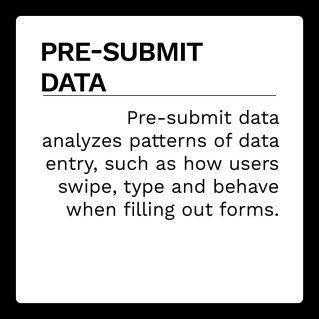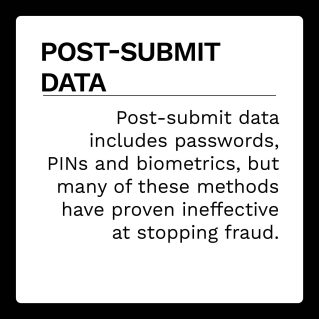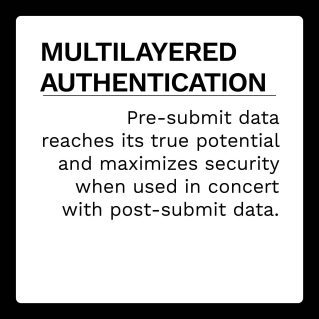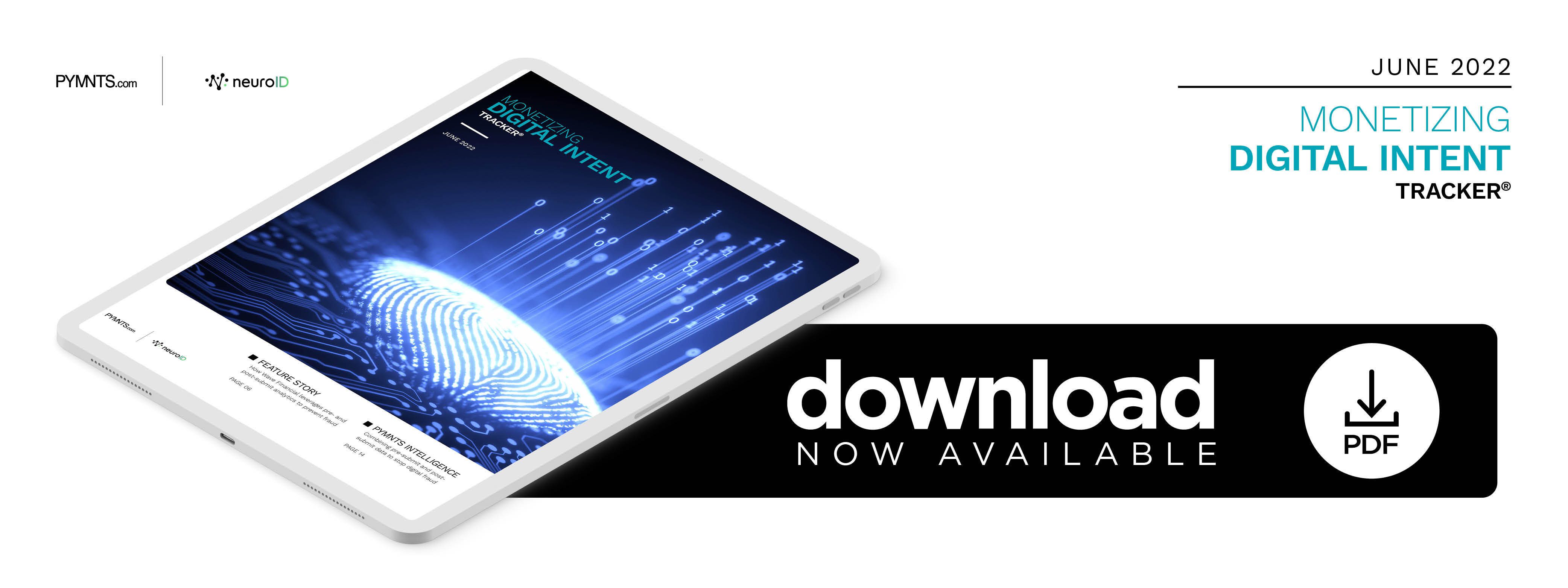Experts Say Single-Layer Fraud Systems Open Invitation for Fraudsters

Digital fraud continues to wreak havoc on the economy despite banks’, businesses’ and consumers’ best efforts to stop it. The Federal Trade Commission reported $5.8 billion lost to fraud last year — an increase of more than 70% since 2020 — with 2.8 million consumers submitting fraud reports.
Businesses primarily rely on “post-submit data” — including passwords, personal identification numbers (PINs) and biometrics — to counter these security threats. Many of these methods have proven ineffective at stopping fraud, however, as at least 65% of consumers recycle passwords among several different accounts, for example.
Businesses are leaning increasingly on behavioral analytics to keep their customers safe, combining the above post-submit data with “pre-submit data,” which analyzes how customers enter this information. Legitimate customers enter their names quickly and with few errors, for example, while fraudsters might introduce misspellings or copy and paste names from other forms — both red flags of fraud. Behavioral analytics systems can reduce rates by up to 35%, according to a recent study.
In the latest Monetizing Digital Intent Tracker®, PYMNTS examines why post-submit security systems are ineffective at dealing with digital fraud, how behavioral analytics can reduce fraud by augmenting these systems, and how companies harness both pre-submit and post-submit data in tandem to keep themselves and their customers safe.
Around the Behavioral Analytics Space
 Fraudsters leverage countless methods to scam businesses, but one of the most dangerous is business email compromise (BEC) fraud, in which bad actors pose as a company’s suppliers and dupe accounting teams into paying them rather than their actual vendors. The Federal Bureau of Investigation reported that businesses have lost $43 billion to this scam between 2016 and 2021, a 65% increase over the previous five years. This includes 241,206 separate incidents in the U.S., with 116,401 different victims reporting this crime to the FBI’s Internet Crime Complaint Center.
Fraudsters leverage countless methods to scam businesses, but one of the most dangerous is business email compromise (BEC) fraud, in which bad actors pose as a company’s suppliers and dupe accounting teams into paying them rather than their actual vendors. The Federal Bureau of Investigation reported that businesses have lost $43 billion to this scam between 2016 and 2021, a 65% increase over the previous five years. This includes 241,206 separate incidents in the U.S., with 116,401 different victims reporting this crime to the FBI’s Internet Crime Complaint Center.
Biometrics have long been heralded as a silver bullet for identity verification, but fraudsters are developing ways to spoof these systems, and consumers’ attitudes surrounding them have cooled significantly. A recent survey of Canadian consumers found that 50% said they were concerned that fraudsters could steal their biometric data. They also raised other concerns that were not as security-related, with 49% saying they were worried about their biometric data being misused by organizations and 45% saying that biometrics could potentially compromise their privacy.
For more on these and other stories, visit the Tracker’s News and Trends.
How Wave Financial Leverages Pre-Submit Analytics to Prevent Fraud
Digital fraud is a clear and present danger to banks, businesses and organizations of all kinds, but subpar authentication systems can let companies down. Some of the most effective techniques involve leveraging both post-submit authentication data as well as pre-submit behavioral data, taking into account behavioral data, such as how users navigate websites, combined with metadata, such as personally identifiable information.
 In this month’s Feature Story, PYMNTS talked with Angie Dobbs, vice president of fraud and risk at Wave Financial, about why leveraging pre-submit data and post-submit data in tandem is key to preventing bad actors from gaining access to valuable funds and personal data.
In this month’s Feature Story, PYMNTS talked with Angie Dobbs, vice president of fraud and risk at Wave Financial, about why leveraging pre-submit data and post-submit data in tandem is key to preventing bad actors from gaining access to valuable funds and personal data.
PYMNTS Intelligence: Combining Pre-Submit and Post-Submit Data to Stop Digital Fraud
With fraudsters constantly innovating ways to circumvent popular security measures such as multifactor authentication, biometrics and other forms of verification, cybersecurity providers are scrambling to catch up. Relying on this post-submit data can potentially let fraudsters through to steal funds or valuable information, damaging companies’ reputations in the process.
This month, PYMNTS Intelligence explores how both pre- and post-submit data can be used in tandem to halt identity fraud and other forms of cybercrime.
About the Tracker
The Monetizing Digital Intent Tracker®: Using Behavior As A Service To Drive Top-Line Growth, a PYMNTS and Neuro-ID collaboration, is the go-to monthly resource for updates on trends and changes in behavioral analytics.

